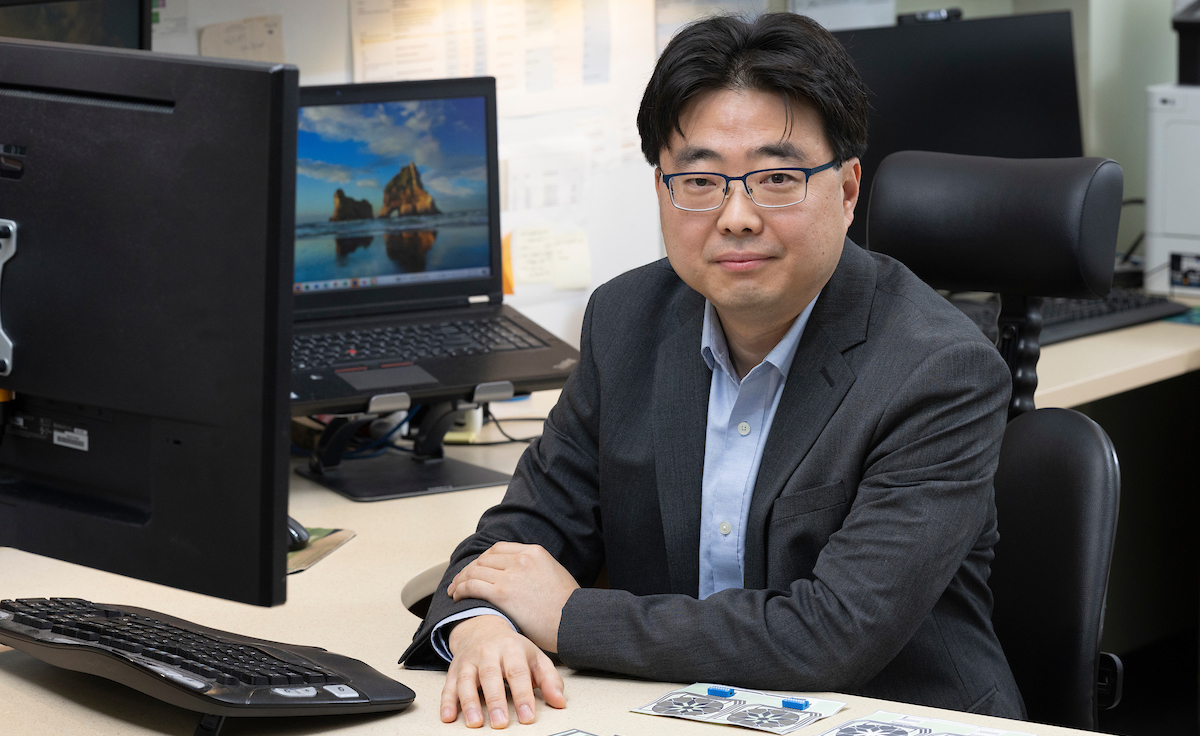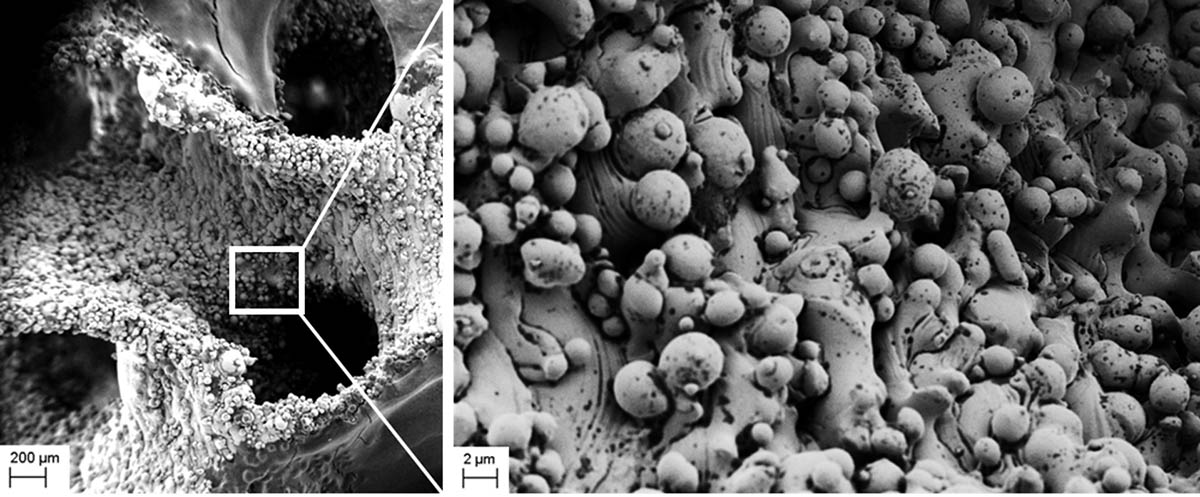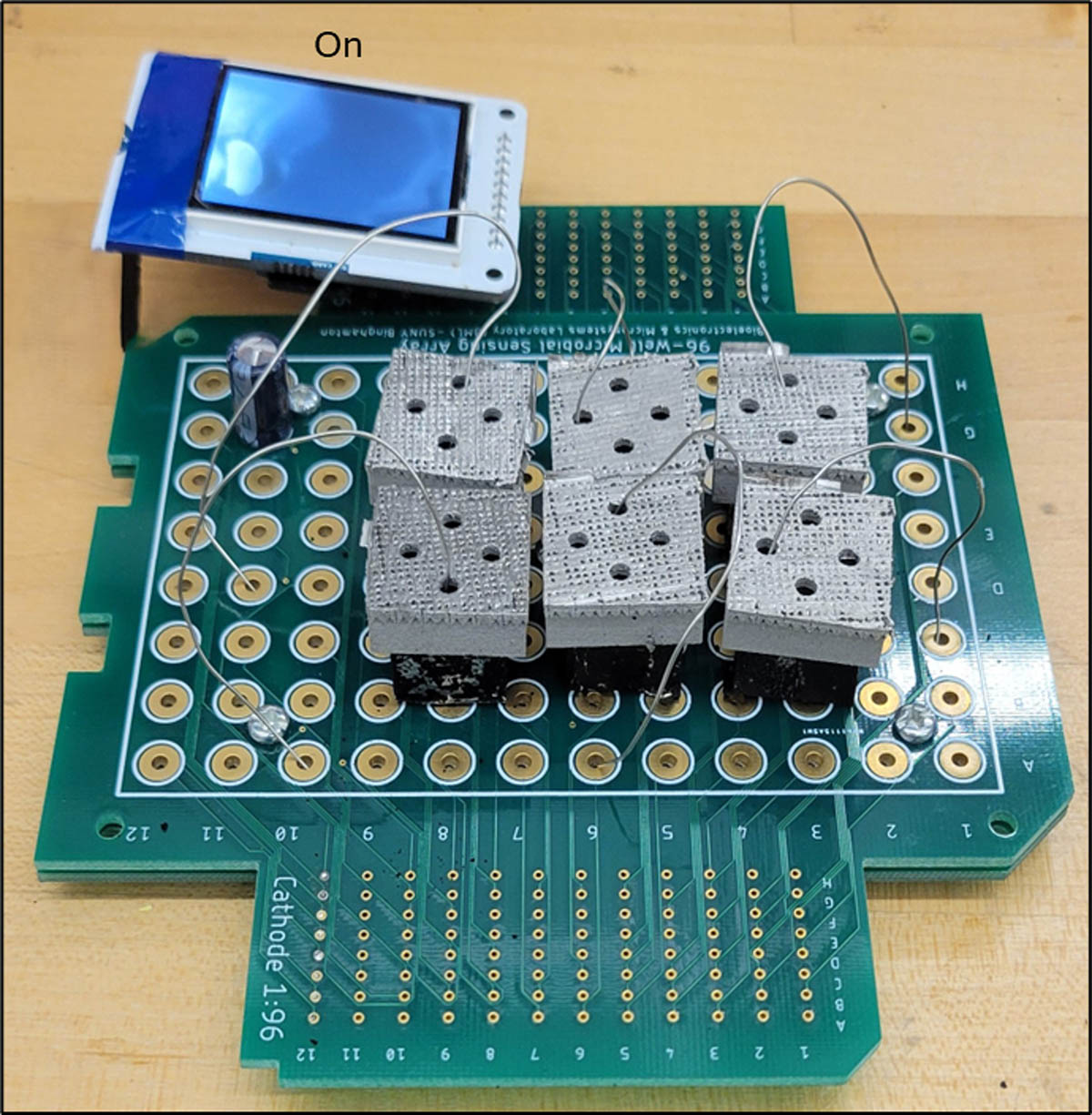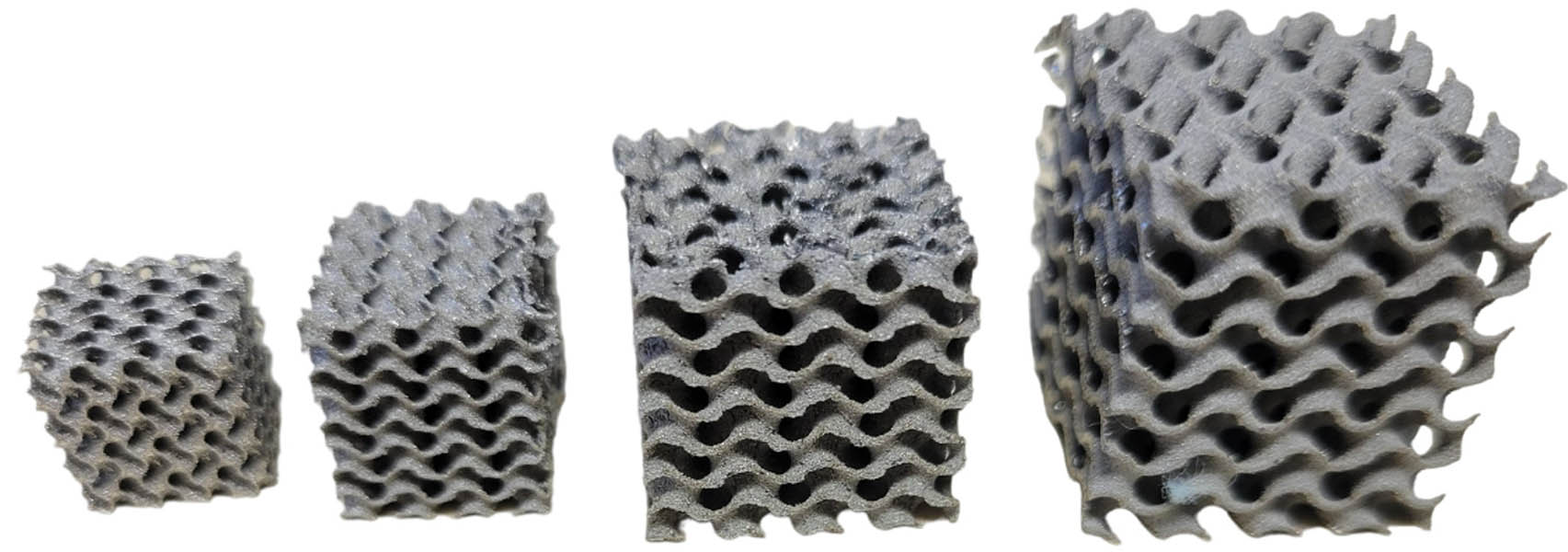According to a report by AM Research, the 3D electronics printing (3DEP) market is estimated to experience major growth in the coming years, with total market value expected to reach $7.9 billion by 2033. So it’s not surprising that a large amount of research and funding has been going into 3D printing batteries, including living batteries. Over the last ten years, Binghamton University Professor Seokheun “Sean” Choi has been working to develop a series of biobatteries, powered by bacteria, to use in remote locations like forests and oceans, and even the human digestive tract.
For these biobatteries, the fuel for the electrochemical reaction to generate electric current is provided by endospores—dormant forms of bacteria that are extremely resilient when faced with environmental stresses, and will activate under favorable conditions. Three components are needed for the biobatteries to function: a cathode (positive electrode), an anode (negative electrode), and a membrane, where the ions exchanged between the other two components generate an electric current. The bacteria are housed in the battery’s anode, and to get the best power output, this component needs to be three-dimensional, allowing the organisms to colonize and grow in a small space.
“A two-dimensional anode is not efficient. Nutrients will not be delivered effectively to the bacteria, and their waste cannot go out effectively,” explained Choi, a faculty member in the Thomas J. Watson College of Engineering and Applied Science Department of Electrical and Computer Engineering.

Professor Seokheun “Sean” Choi from the Department of Electrical and Computer Engineering at Binghamton University’s Thomas J. Watson College of Engineering and Applied Science. Image Credit: Jonathan Cohen.
It’s not easy to produce 3D anodes, because the typical polymer- or carbon-based materials are often very fragile, and have low electrical conductivity. Plus, their microfabrication processes need high temperatures, which can kill bacteria. So Choi decided on a metal anode.
“Two years ago, we started to use stainless steel mesh as an anode, because its conductivity is really good and it’s structurally very strong. We were successful integrating the microbial fuel cell into electronics like this,” he explained. “The problem with commercially available mesh is that we cannot control the porosity and roughness of it. We’d just buy it and then drop in bacterial cells.”
Choi needed someone who could help him fabricate a specialized stainless steel component for his biobatteries, and found the perfect partner just downstairs from his own office. Assistant Professor Dehao Liu, from Watson’s Department of Mechanical Engineering, is an expert in laser powder bed fusion (LPBF), which is great for making stainless steel microarchitectures with details planned down to the nanoscale.

A new 3D printing technique allows researchers to control the micro-architecture of the stainless-steel anodes, ensuring bacteria will thrive and generate electricity.
Liu said, “LPBF is ideal for biobatteries because it enables high-precision, customizable 3D structures with complex geometries, essential for maximizing surface area and energy density.”
Choi says that he quickly recognized “the potential” of LPBF for improving his bacteria-based biobatteries, and the 3D printed stainless steel anode was able to help boost their power output. By stacking them in parallel, or in series, output is majorly increased. The team reported that with just six biobatteries, they could achieve nearly 1 milliwatt, which could power a 3.2″ thin-film transistor liquid crystal display (LCD). Choi said this was one of the highest electrical outputs he’s achieved with his biobatteries. He also discovered another advantage to using stainless steel components, explaining it’s possible to “detach the bacterial cells and then reuse them, and we showed after a number of uses that power levels are maintained.”

By connecting the biobatteries in series or parallel, researchers achieved 1 milliwatt of power — among the highest yet for the various designs over the last few years.
The team used LPBF to make other stainless steel components, “like a sealing cover and the cathode part, and we simply assembled them like Lego bricks.” They recently published a paper about their work in Advanced Energy & Sustainability Research, explaining that their findings could help power small, autonomous devices, like IoT sensors.
ECE Assistant Professor Anwar Elhadad, PhD ’24, is another researcher who worked on this project. He says that the team’s paper follows on from doctoral research he did during his time as Choi’s student.
“My PhD focused on developing bioelectronic systems that integrate sustainable energy-harvesting technologies, particularly microbial fuel cells. This research builds on that foundation by addressing some of the key challenges I encountered during my dissertation — particularly the need for scalable, high-performance and structurally robust electrode materials,” Elhadad explained.

By using a new 3D printing method, Binghamton University researchers created a biobattery run on bacteria that produces 1 milliwatt in power.
This work is funded by a $500,000 National Science Foundation grant that Choi received last year to develop a manufacturing process that wouldn’t kill the biological components needed for power generation in his biobatteries. The ultimate goal was to integrate the fuel cells into 3D printed flexible electronics.
“The next generation of electronics will be all-in-one electronics, with all the components integrated in one single sheet rather than different components assembled later,” Choi explained at the time.
Choi’s team will now work to come up with a unified 3D printing method for all the biobattery components, instead of having to create each one separately. They also hope to use a power management system to control the charging and discharging of the battery to ultimately improve energy harvesting.

